
An extremely large database study across more than one million people found no increased risk of bladder cancer with the diabetes drug pioglitazone.

Your AI-Trained Oncology Knowledge Connection!


An extremely large database study across more than one million people found no increased risk of bladder cancer with the diabetes drug pioglitazone.

Autologous hematopoietic cell transplantation is a safe and effective treatment option for patients with HIV-associated lymphoma, according to a study presented at ASH 2014.
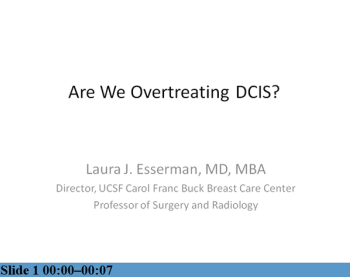
With evidence from a number of studies, this presentation delves into the controversy surrounding the treatment, or overtreatment, of ductal carcinoma in situ (DCIS), and discusses whether or not these lesions should indeed be classified as breast cancer.

A study was done that showed a video of patients with advanced Alzheimer disease to newly diagnosed dementia patients. Those who watched the videos were far more likely to make decisions against feeding tubes or other aggressive interventions. In this age of GoPro cameras and video capabilities on nearly every phone, are we behind the times?
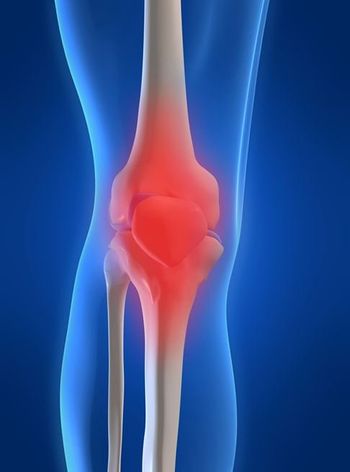
An increase in exercise led to a significant decrease in the amount of arthralgia reported by breast cancer survivors being treated with aromatase inhibitors.

A panel of experts has put together a guide to implementing shared decision-making that provides tips for integrating the model into busy oncology practices.
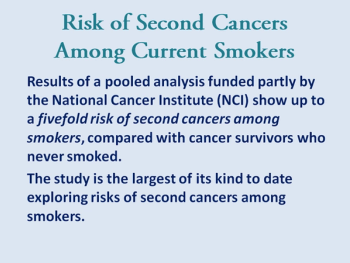
This slide show reports on a pooled analysis that found up to a fivefold risk of second cancers among smokers, compared with cancer survivors who never smoked.

ASCO is calling for major reforms to the Medicaid system in order to close gaps in cancer coverage and improve quality of care for low-income Americans.

Cancer patients who received hospice care during the last year of life had fewer hospitalizations and lower overall costs than patients outside of hospice.

The use of a prostate cancer antigen 3 urine test could help men avoid undergoing unnecessary repeat biopsies, and predict which will be positive for cancer.

Depressive symptoms and impaired executive functioning, both common in patients with glioblastoma, are independently associated with shorter overall survival.

The NLST is a landmark trial demonstrating that implementation of low-dose CT screening lowers lung cancer–related mortality. We must put the study results and cost-effectiveness analyses in the context of the staggering statistics: up to 65% of lung cancer patients present with advanced-stage disease where treatments are often costly, toxic, and only palliative in nature.

The development of CT lung cancer screening, the publication of results from the NLST in 2011, and the grade-B recommendation for CT lung cancer screening in high-risk smokers by the USPSTF raise a number of interesting national health policy issues.

NLST data clearly demonstrate that lung cancer screening is effective and safe and reduces lung cancer-specific mortality by at least 20%. There is no possible reason for CMS to further delay or restrict lung cancer screening for those at high risk.

American medicine is poised for an expanded conflict over the assumption and consequences of risk in medical care.
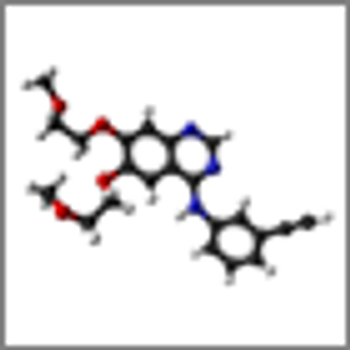
A small trial yielded “dramatic” results with high progression-free and overall survival using SBRT along with erlotinib for patients with stage IV lung cancer.

Survivors of multiple myeloma and pancreatic cancer may have some of the poorest physical health-related quality of life outcomes, according to a new study.

The Centers for Medicare & Medicaid Services announced plans to cover low-dose CT screening for lung cancer, based mainly on the National Lung Screening Trial.

More than twice as many cancer survivors at risk for cardiomyopathy underwent screening for the condition when exposed to advanced-practice nurse telephone counseling.

The images in this slide set are from an exhibition curated by Alan Blum, MD, at the University of Alabama Gorgas Library (November to December 2013) to commemorate the 50th anniversary of the Surgeon General’s Report on Smoking and Health, released on January 11, 1964 by Dr. Luther Terry.

Her recent history was marked by a rather rapid decline over the past 2 months. Long dormant melanoma now spread widely. Her family filled the room. She sat there, still, eyes closed, the pale yellow of advanced liver failure painted on every inch of her body.

ASCO has issued a new online template to assist oncologists with creating survivorship care plans for their patients following active therapy.

Children treated for Wilms tumor, a rare kidney cancer, with chest radiation may be at a higher risk for developing breast cancer in adulthood.

A phone-based symptom monitoring system using "smart technology" led to improvements in patient quality of life during the final weeks of home hospice care.

A recent survey found that the financial burden of cancer treatment leads many patients to make potentially harmful medical care and lifestyle tradeoffs.
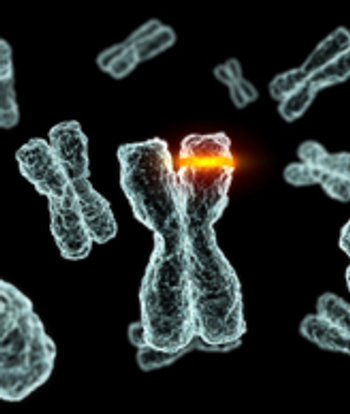
ASCO has endorsed a clinical practice guideline from several associations on when to offer molecular testing for EGFR and ALK mutations in lung cancer patients.

In the field of oncology, we are fortunate to possess a vast and ever-expanding trove of knowledge, and we now have a sufficient foundation of knowledge in many cancers to afford ourselves the luxury of striving to seek wisdom as well.

The management of rectal cancer in patients with metastatic disease at presentation is highly variable. Although chemoradiation is standard for patients with stage II/III rectal cancer, its role in the metastatic setting is controversial.

Should I give a patient with a carcinoma of unknown primary another dose of a study drug, since she is requesting to continue it? My reading of the trial protocol suggests no absolute restriction on giving another dose of the drug.
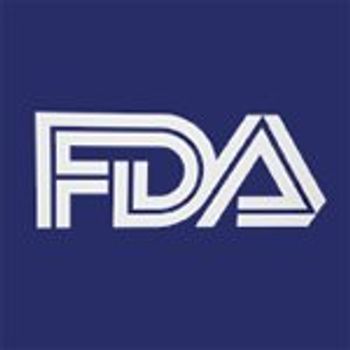
The FDA has approved combined netupitant and palonosetron (Akynzeo) for the treatment of chemotherapy-related nausea and vomiting in patients with cancer.